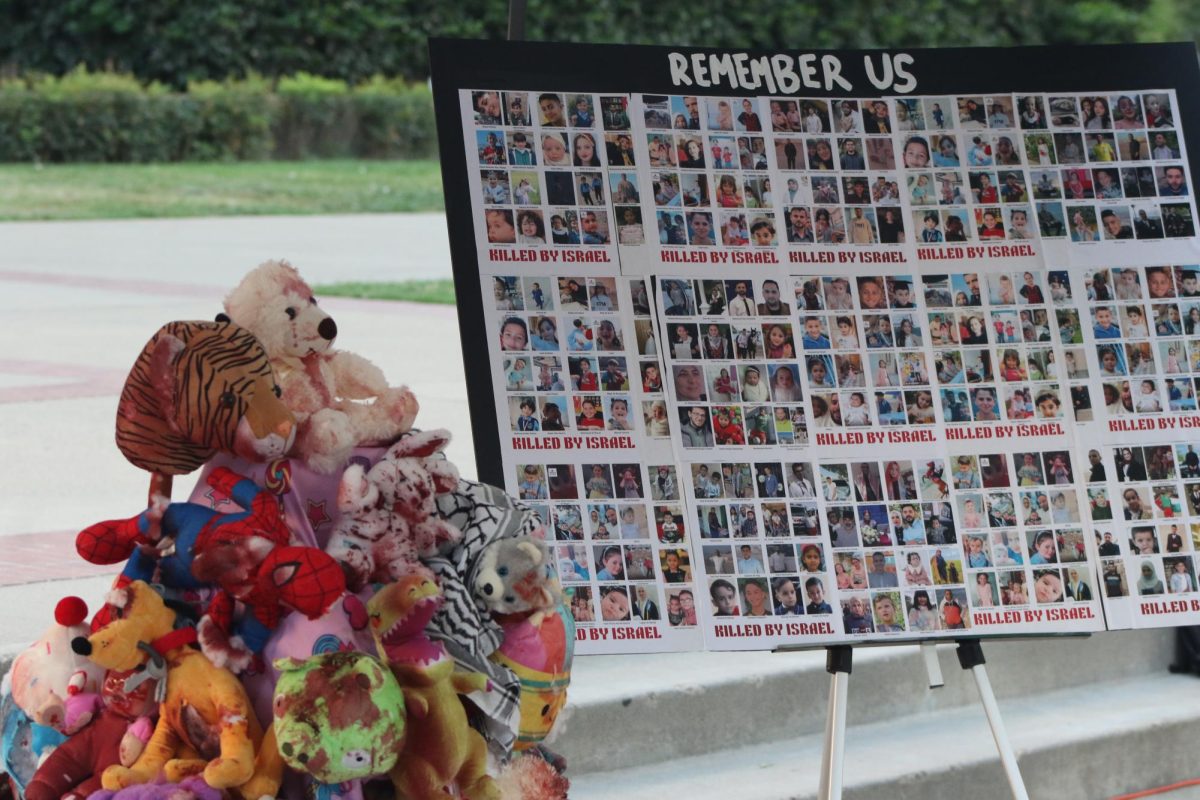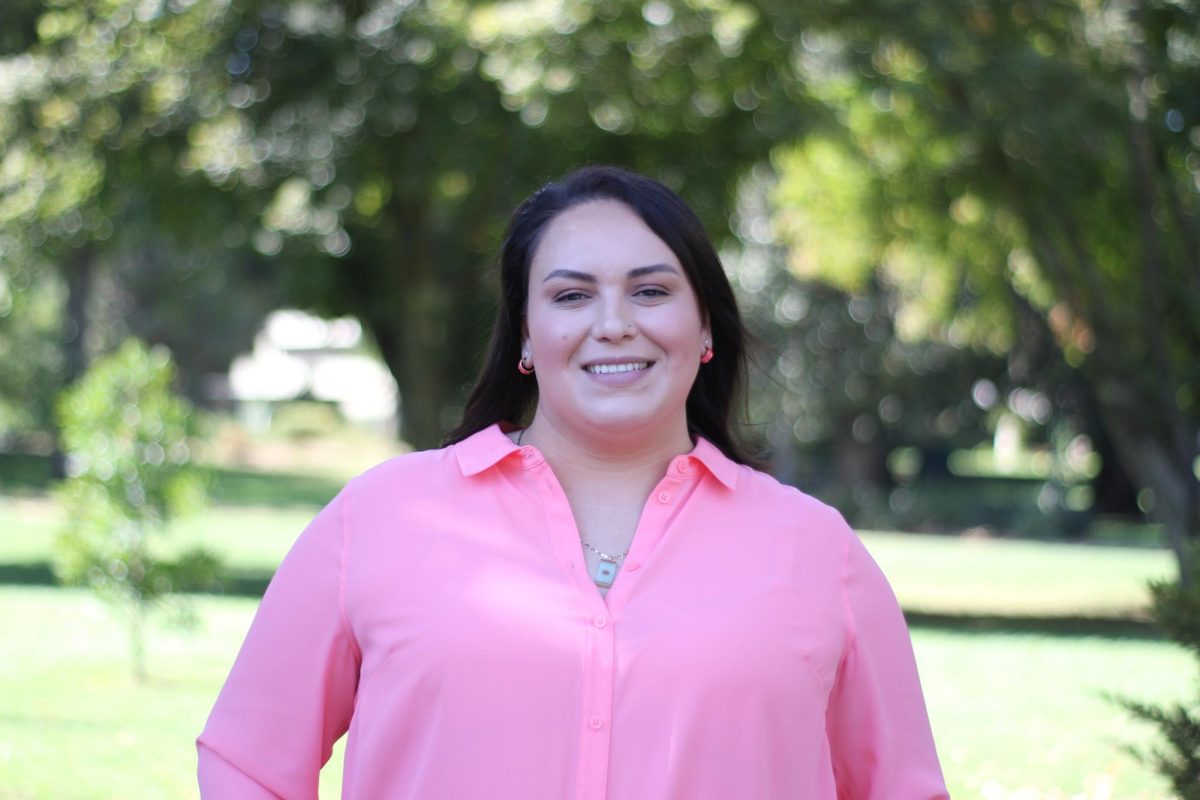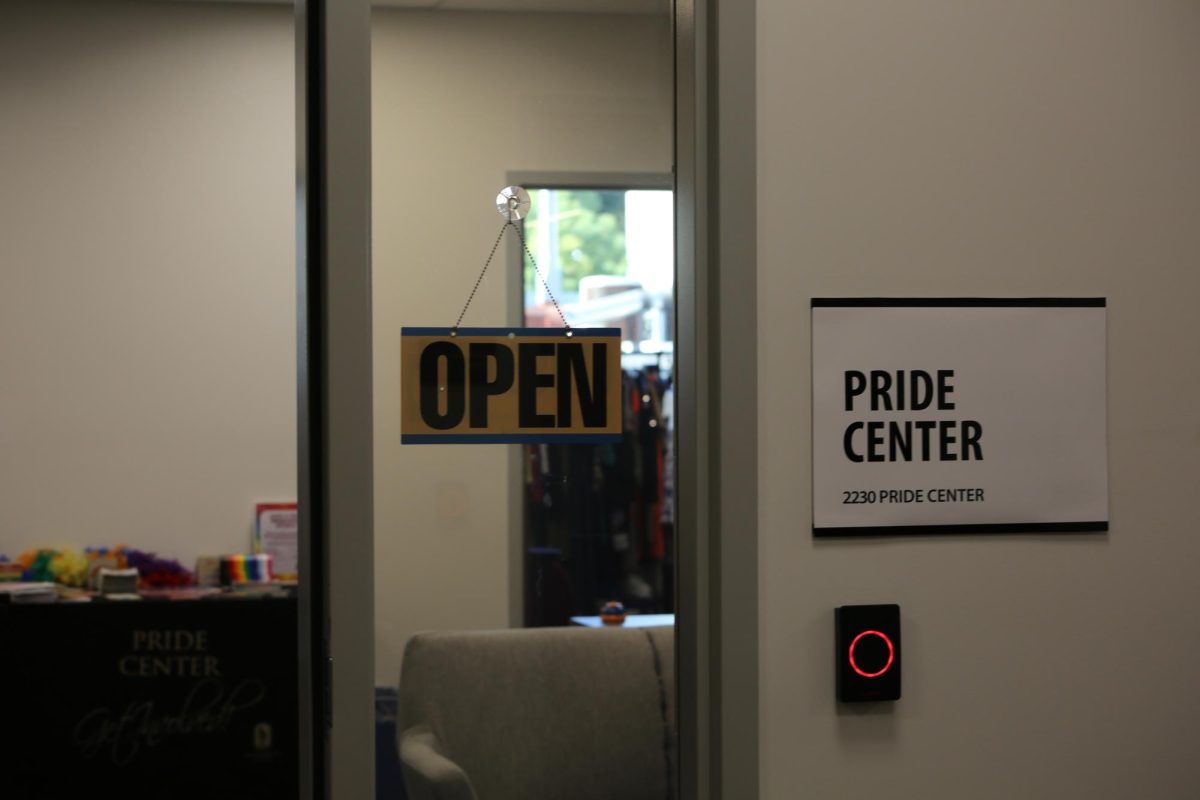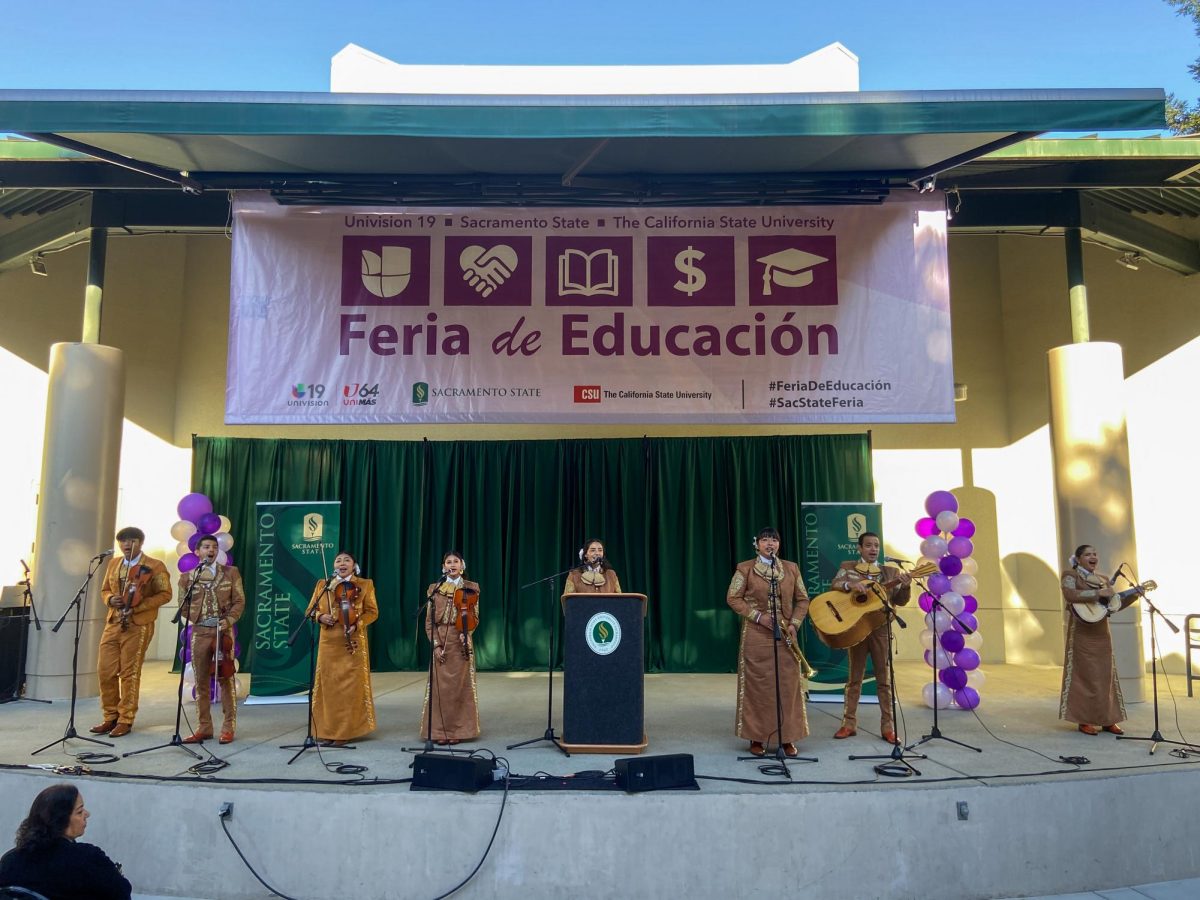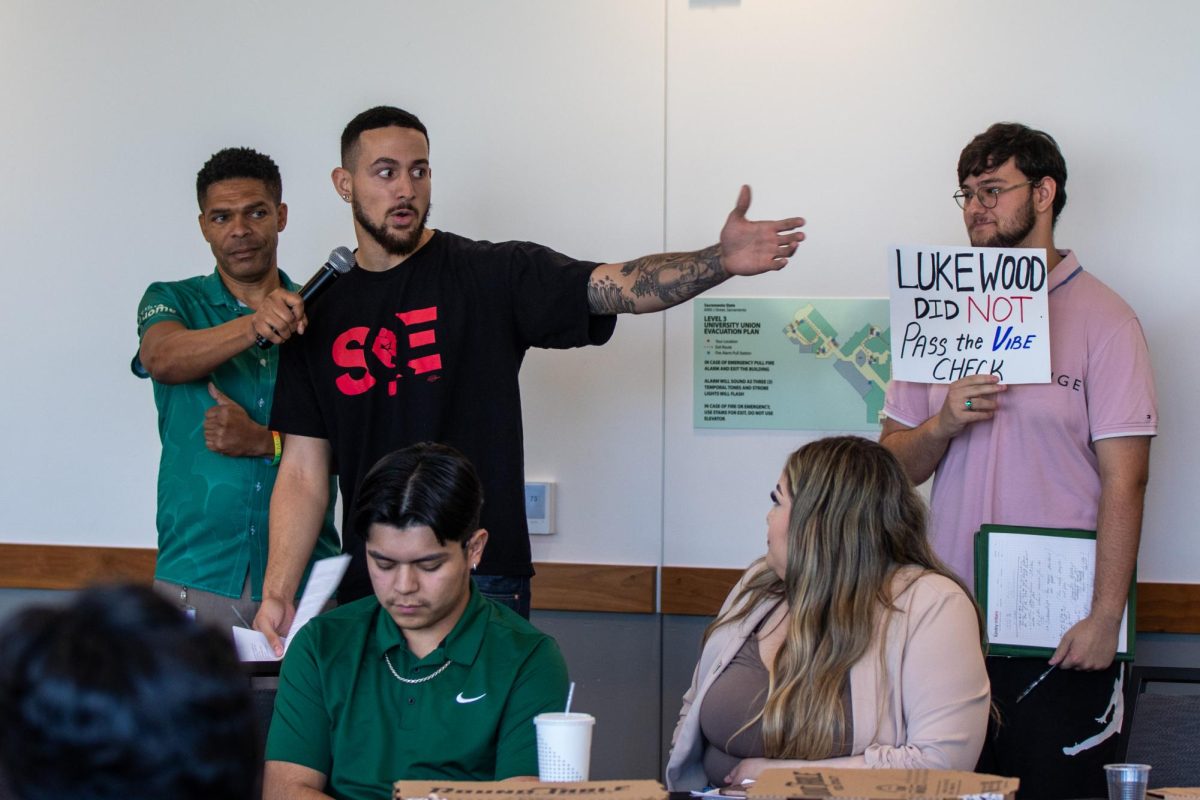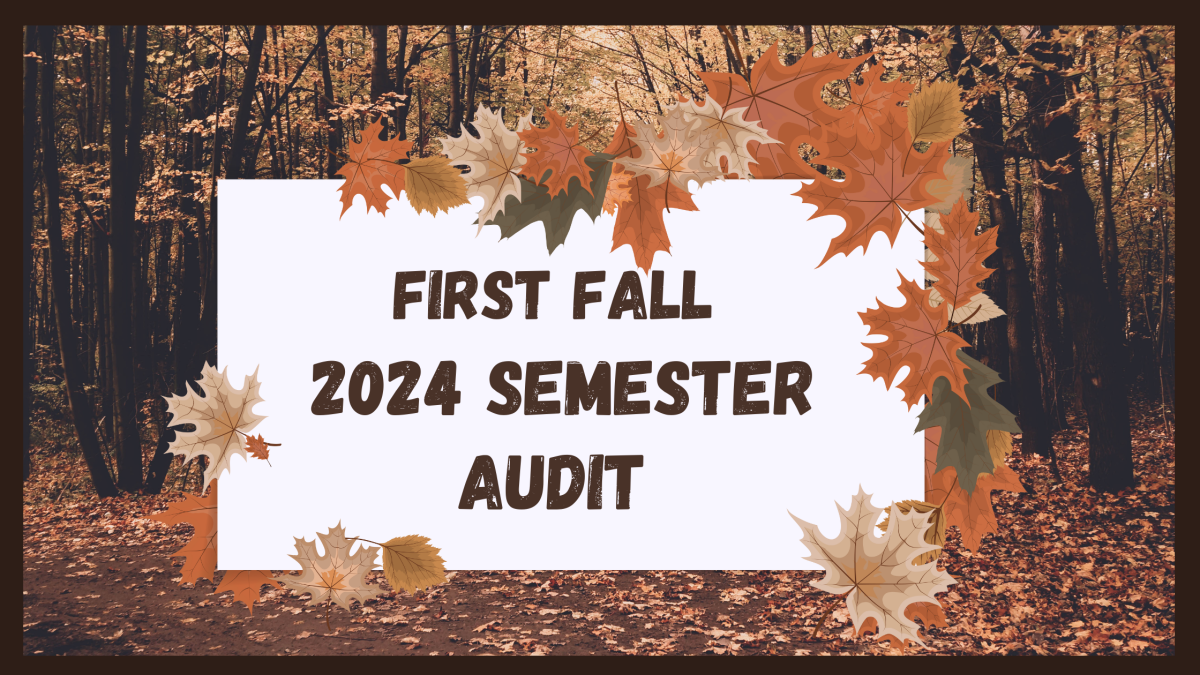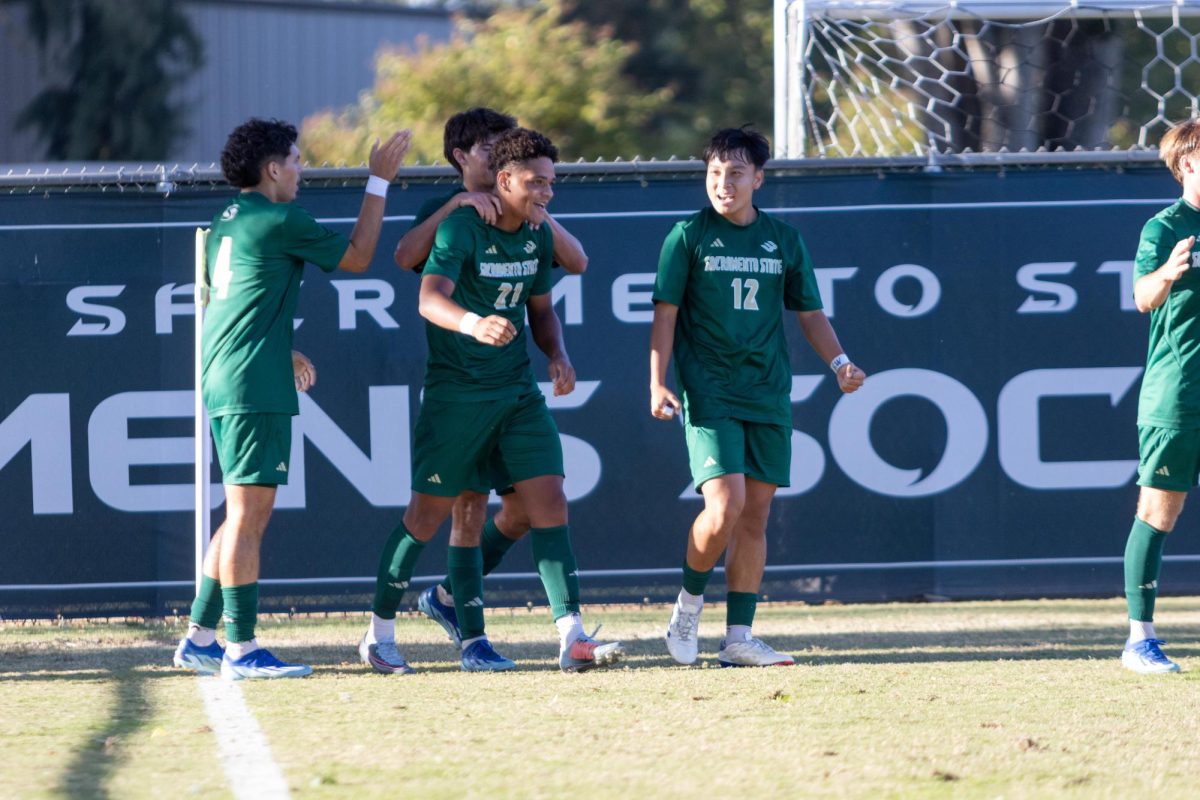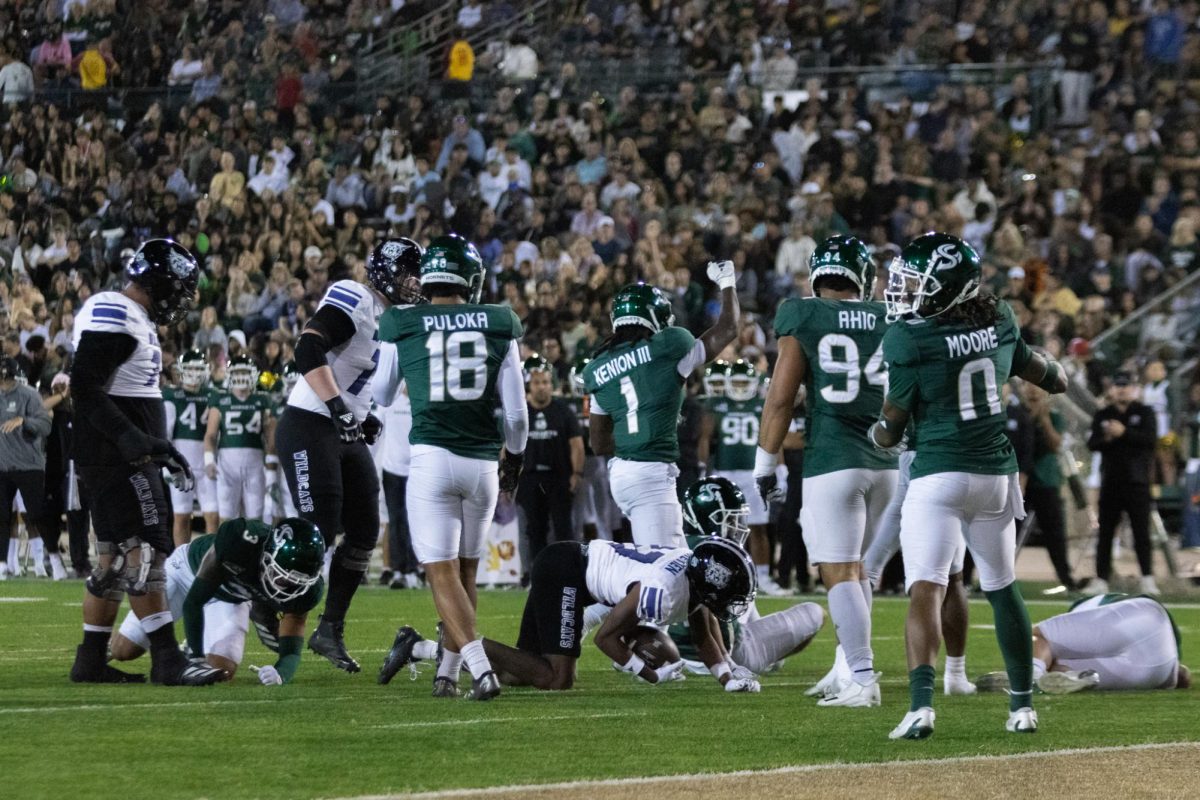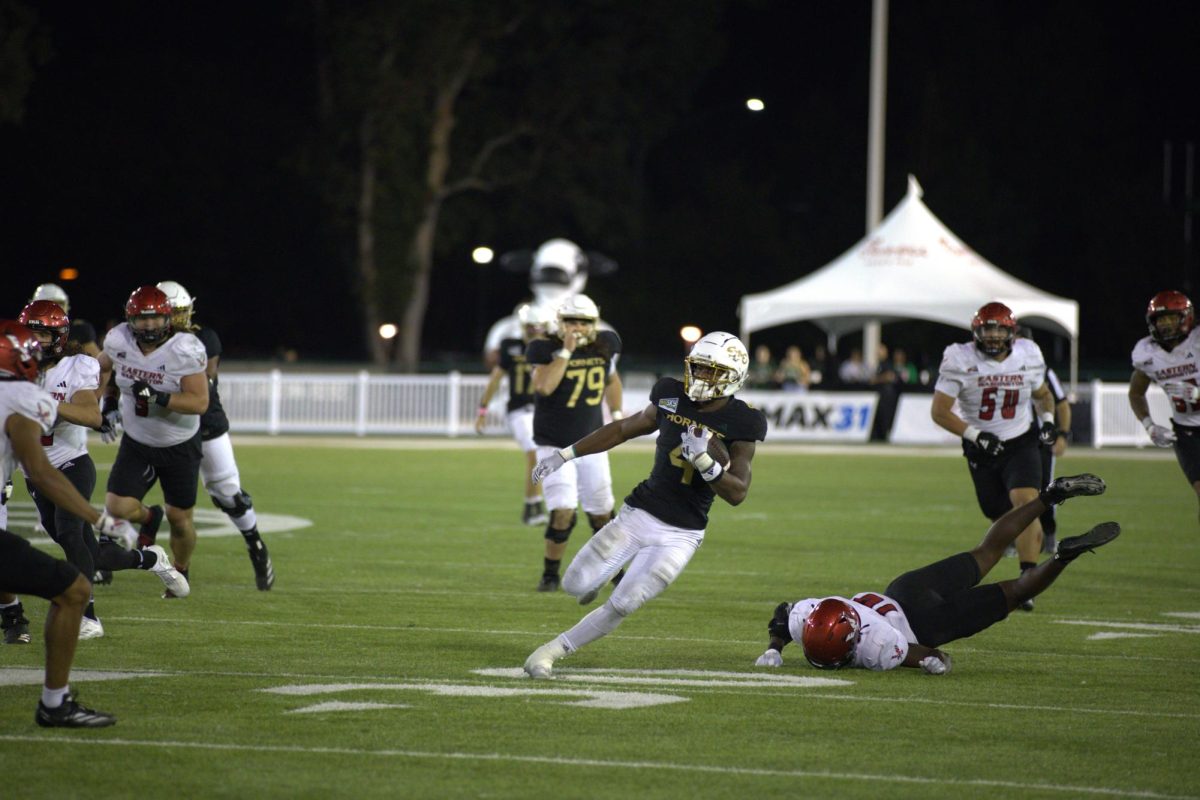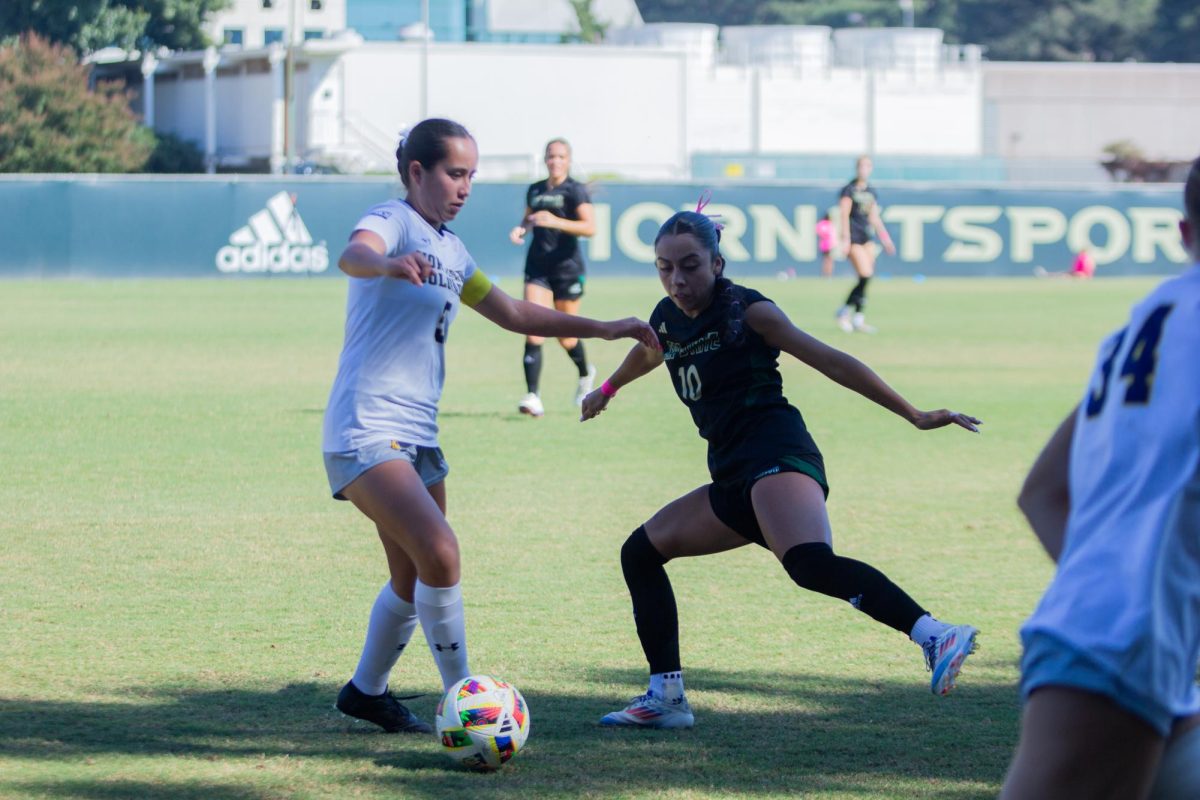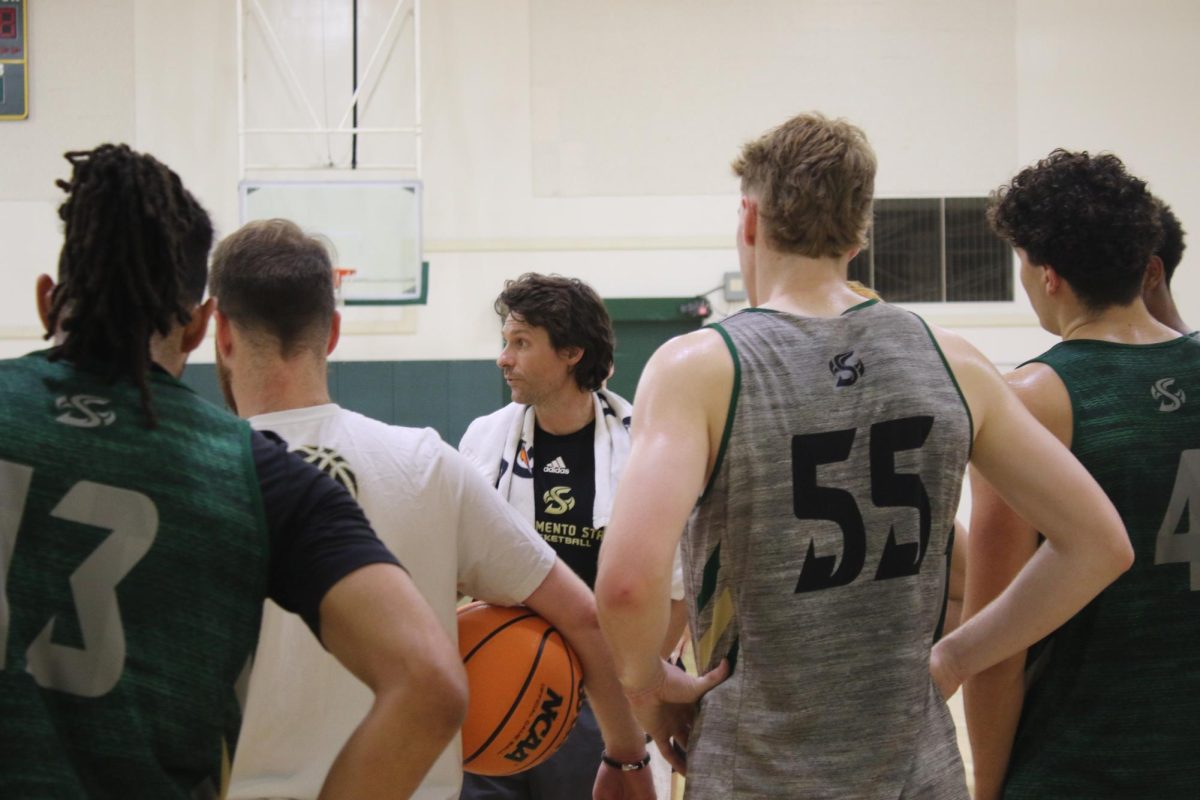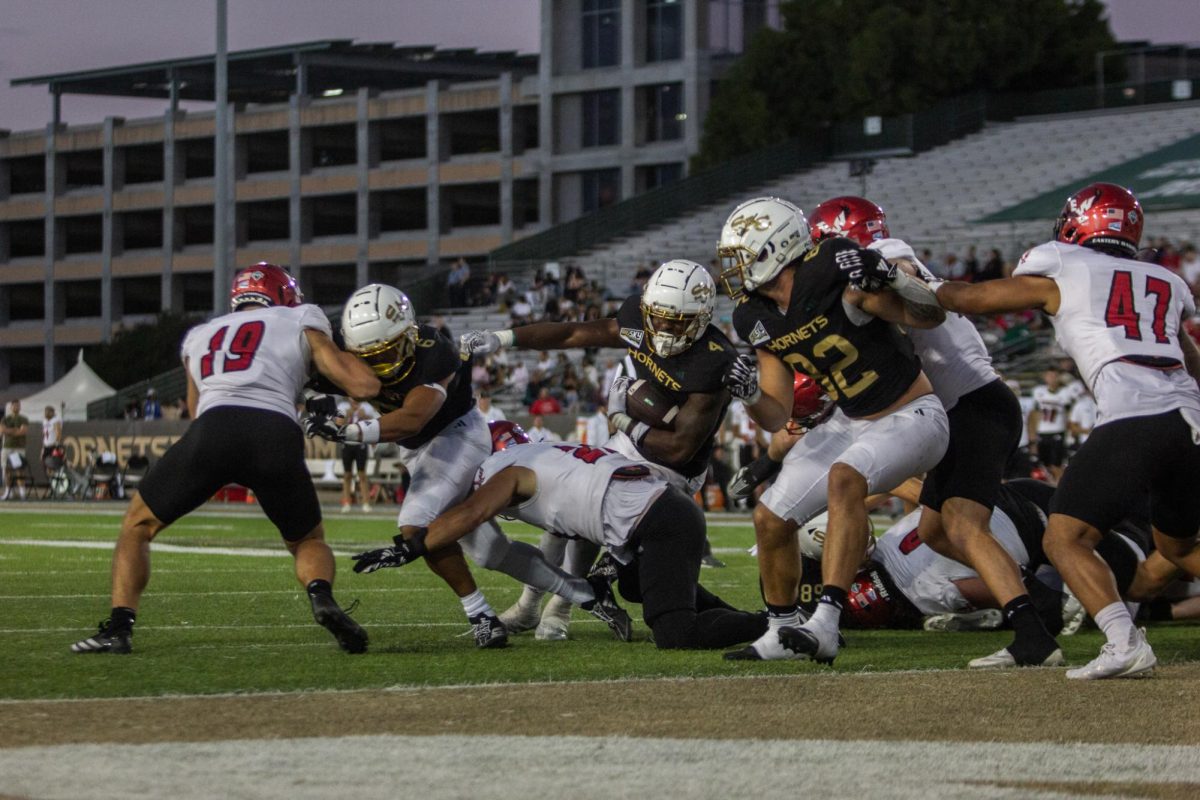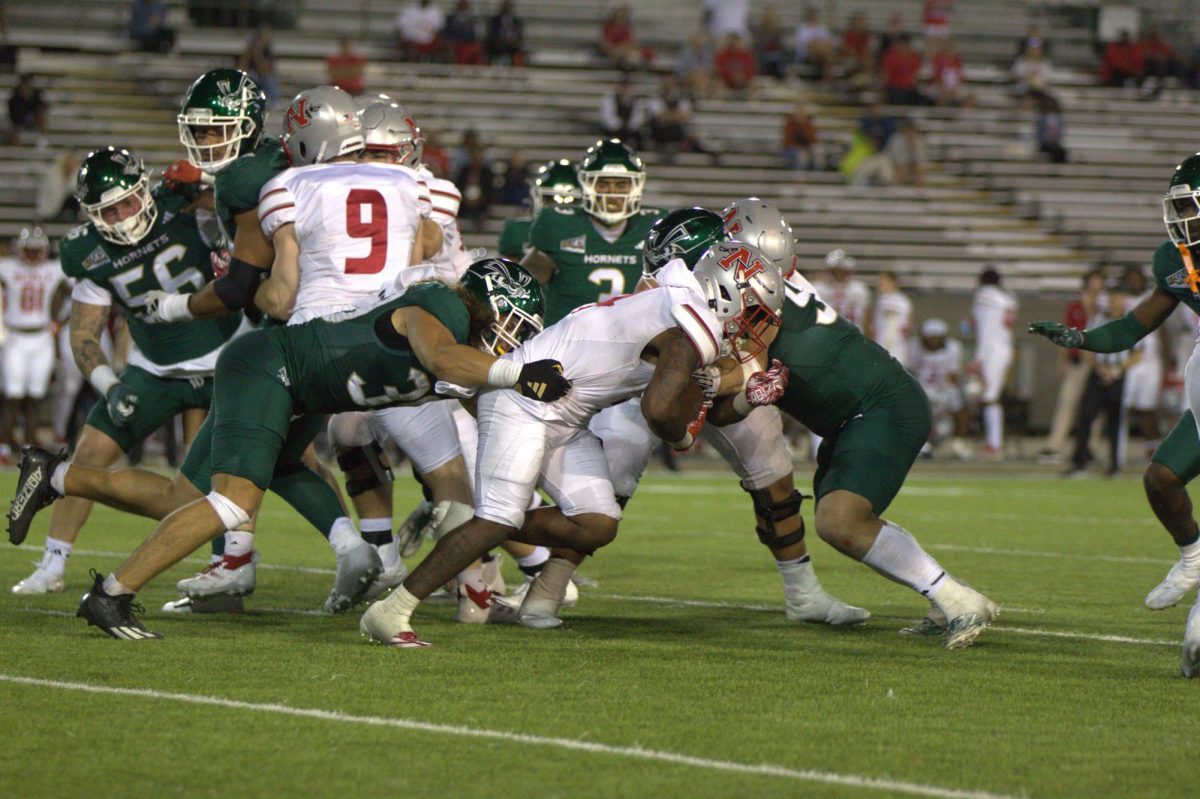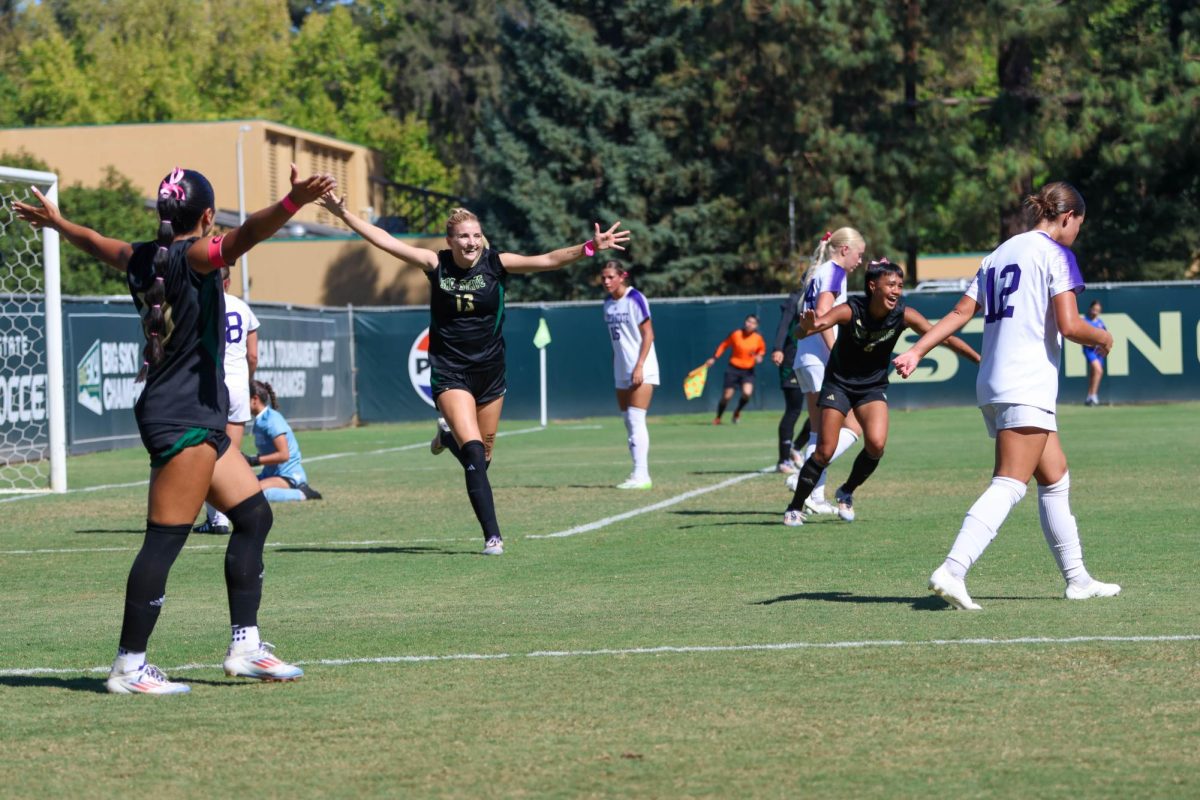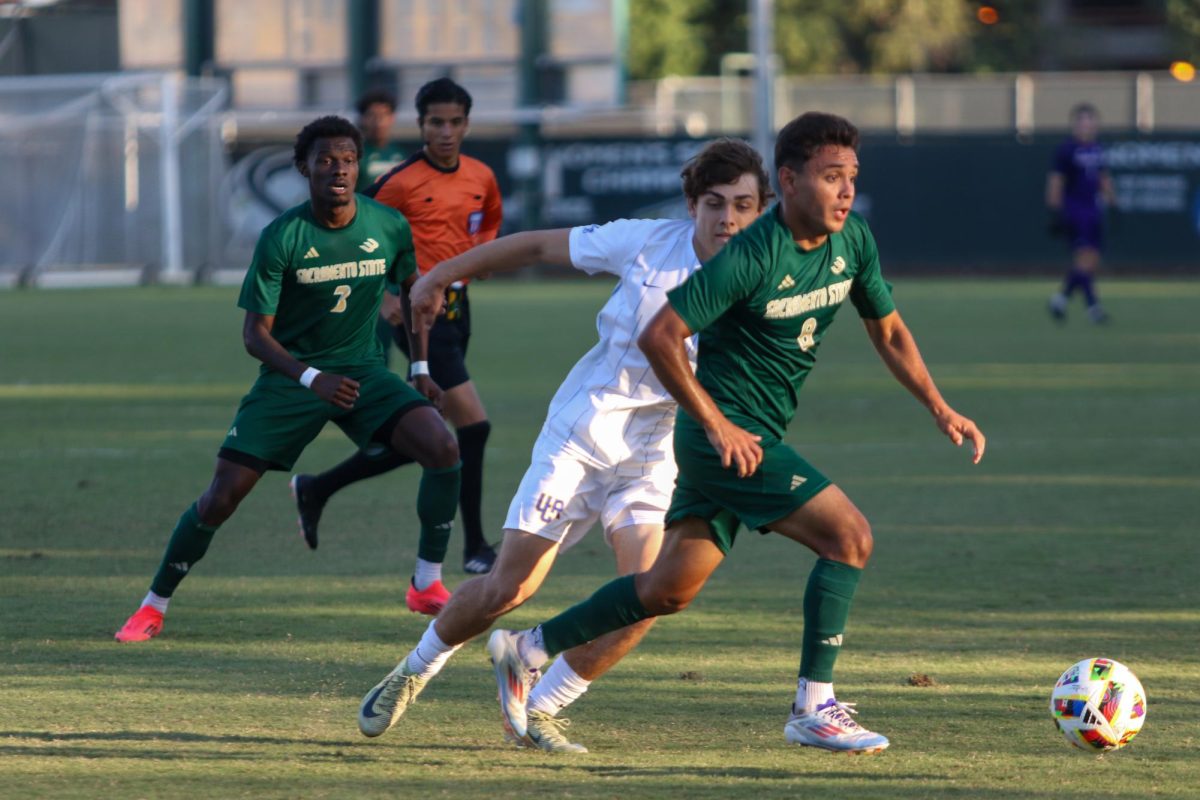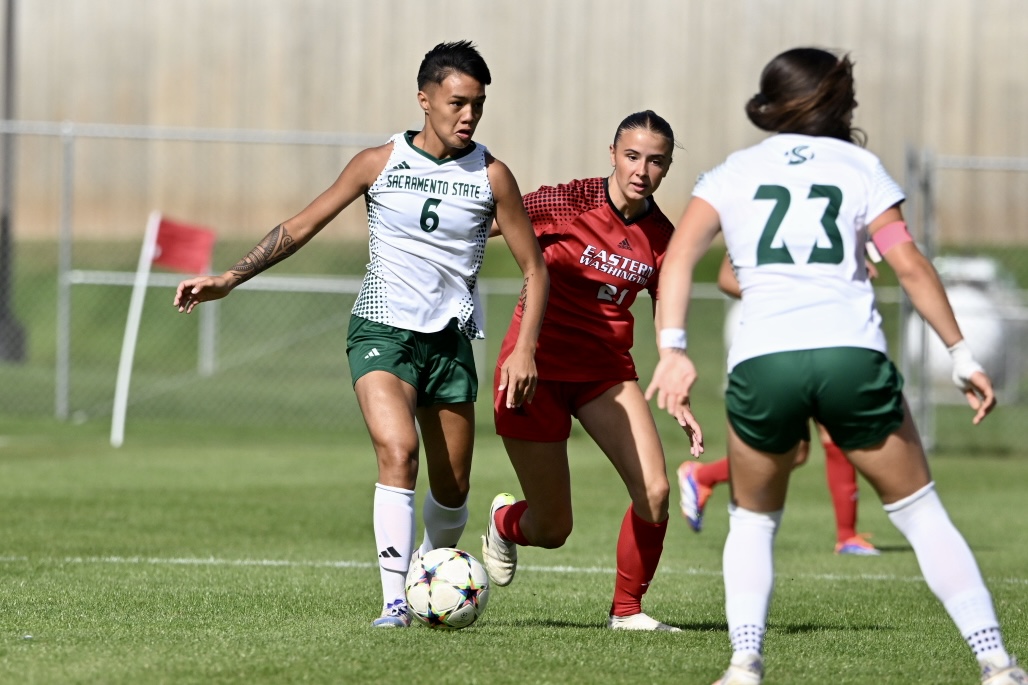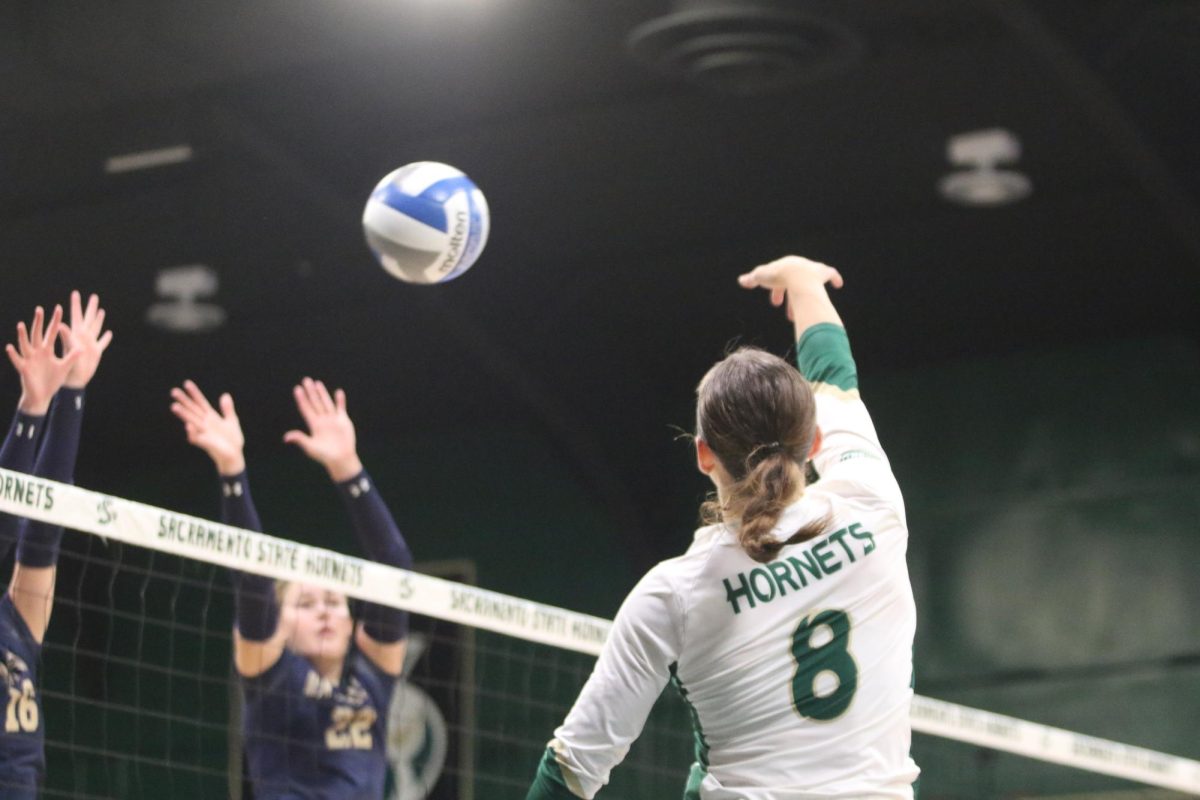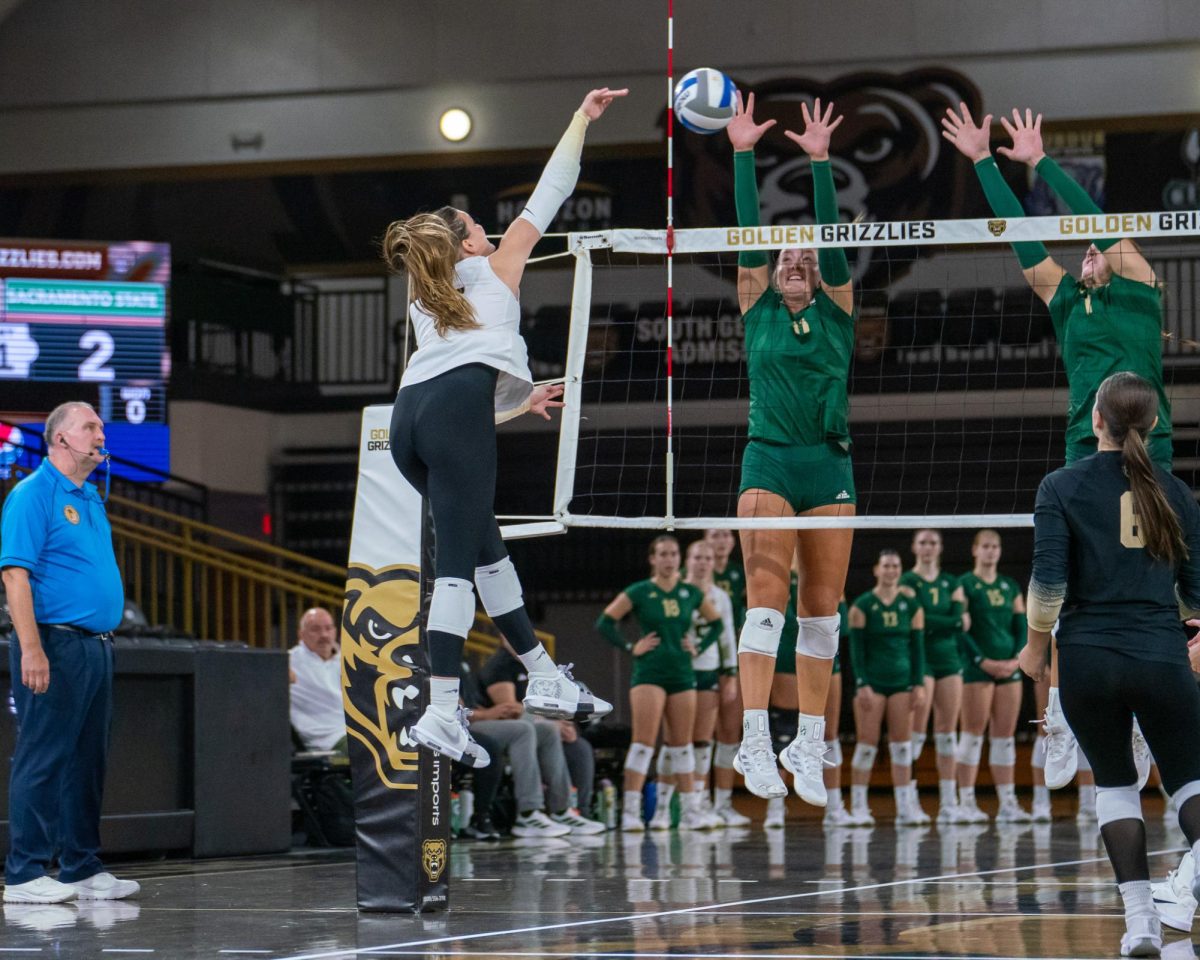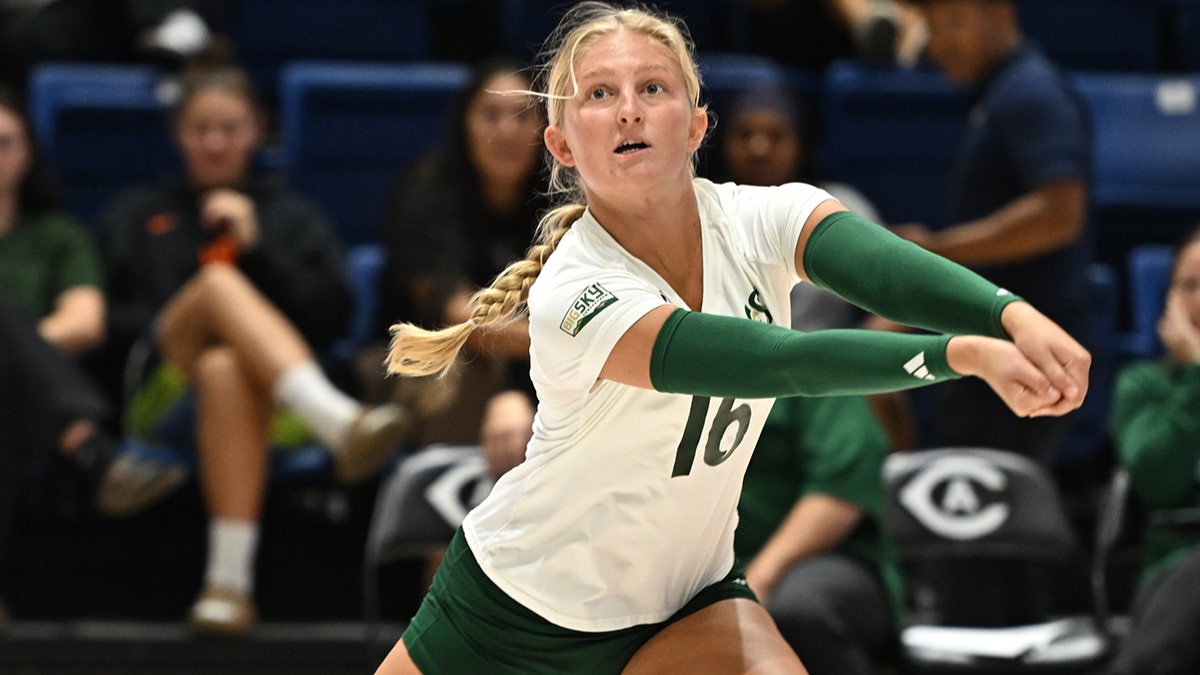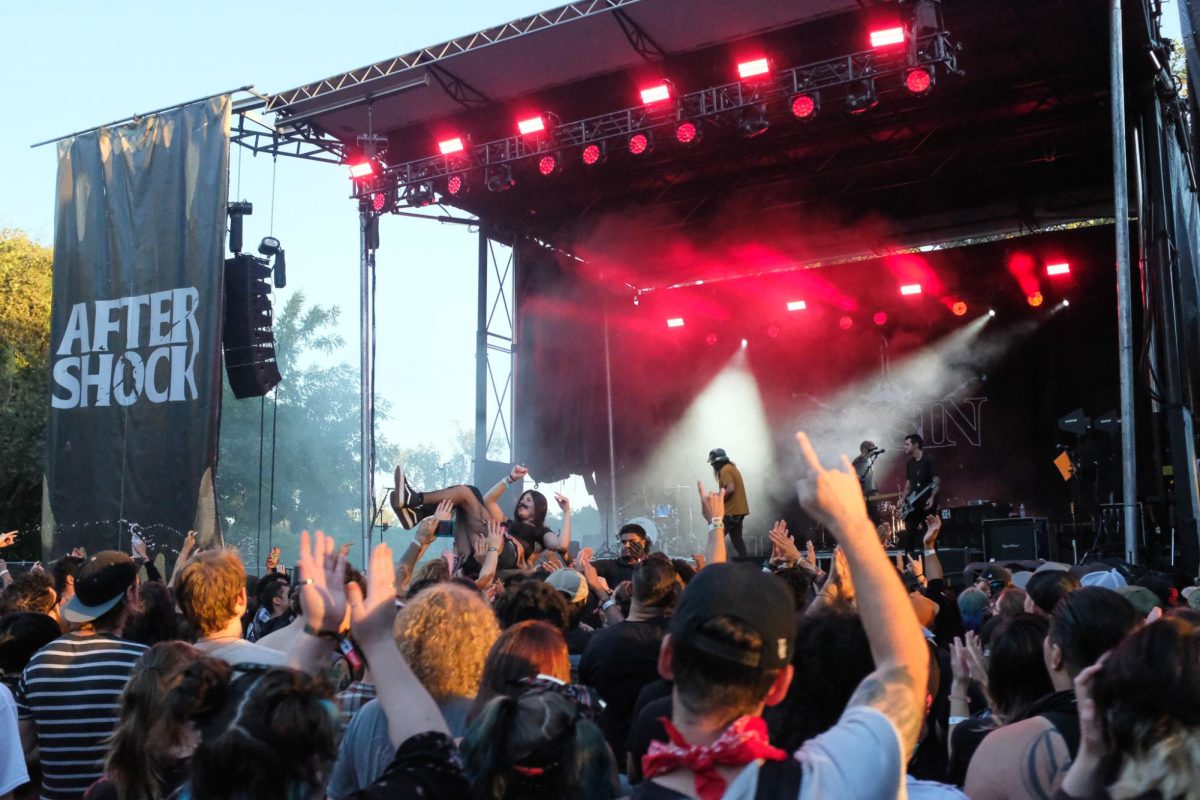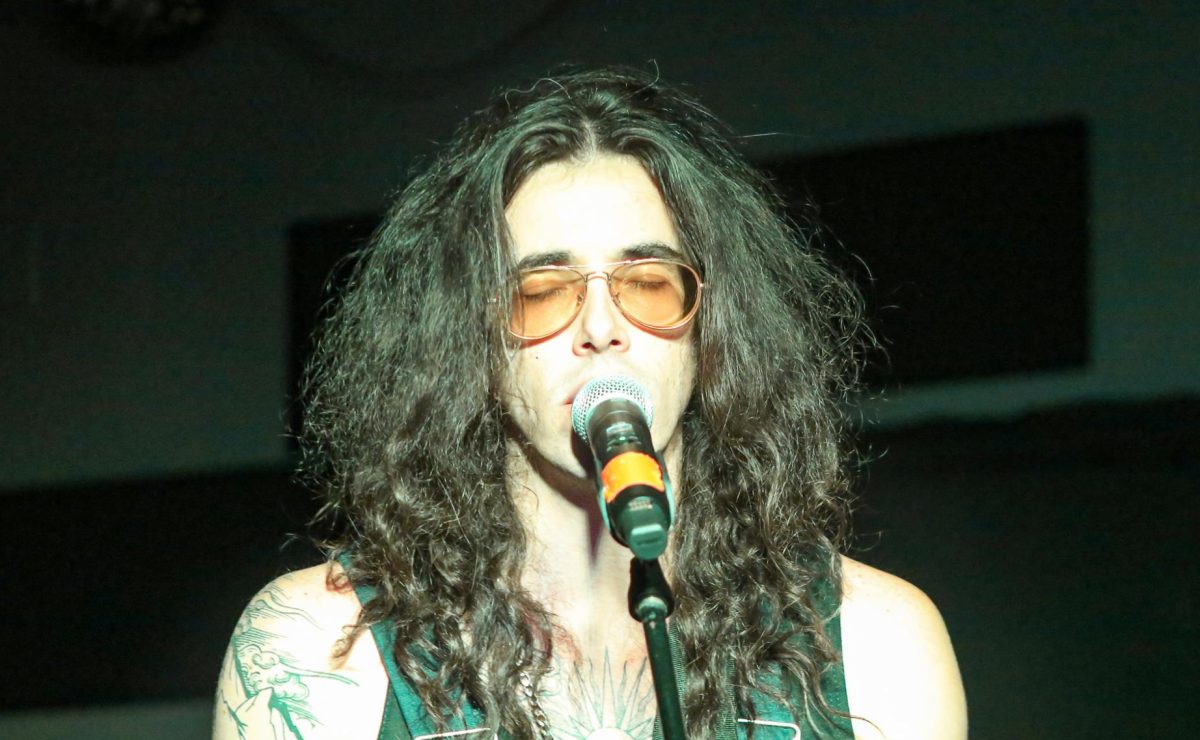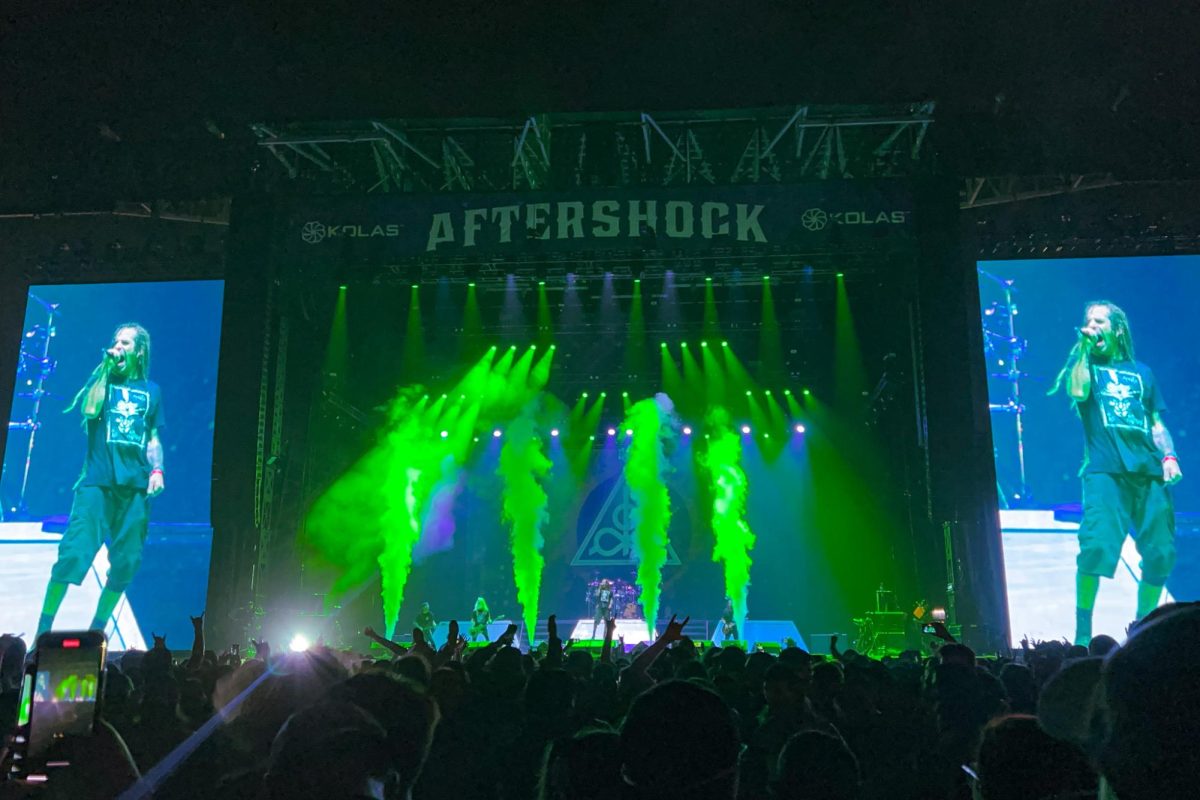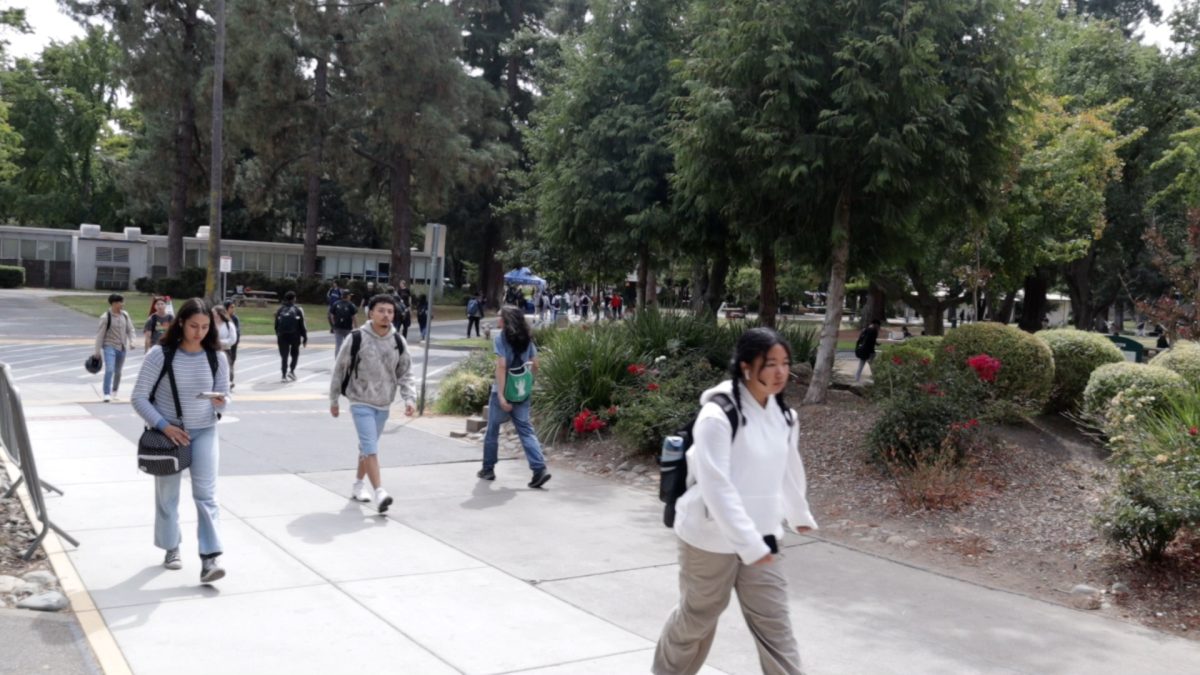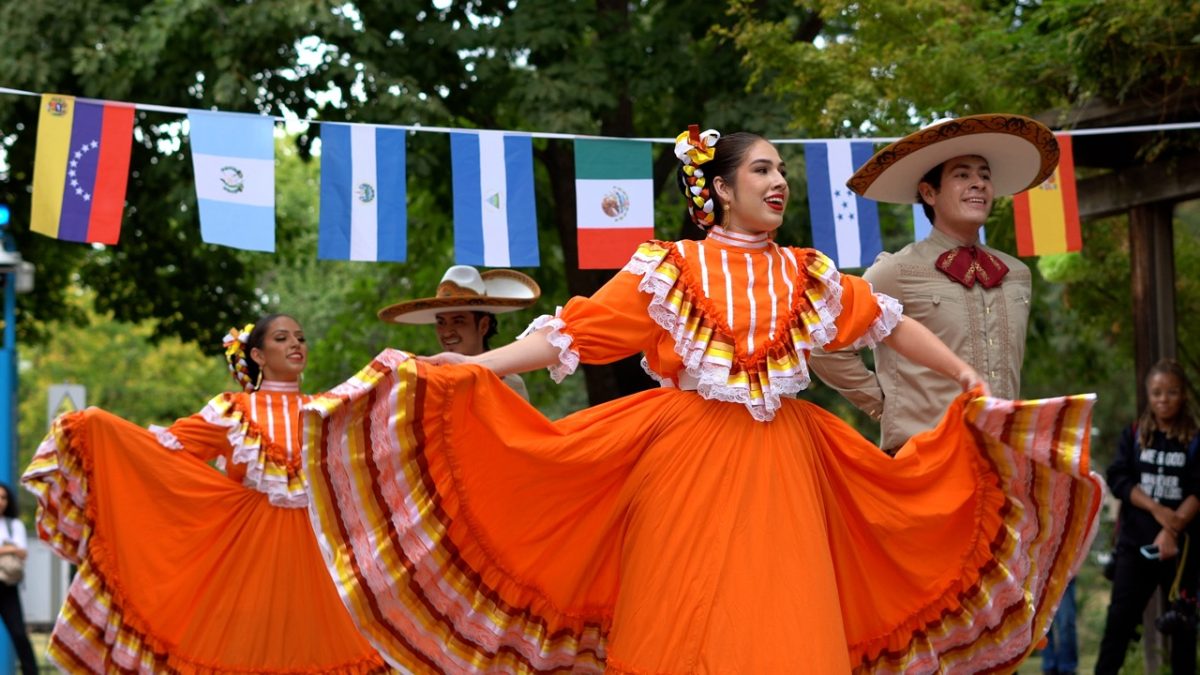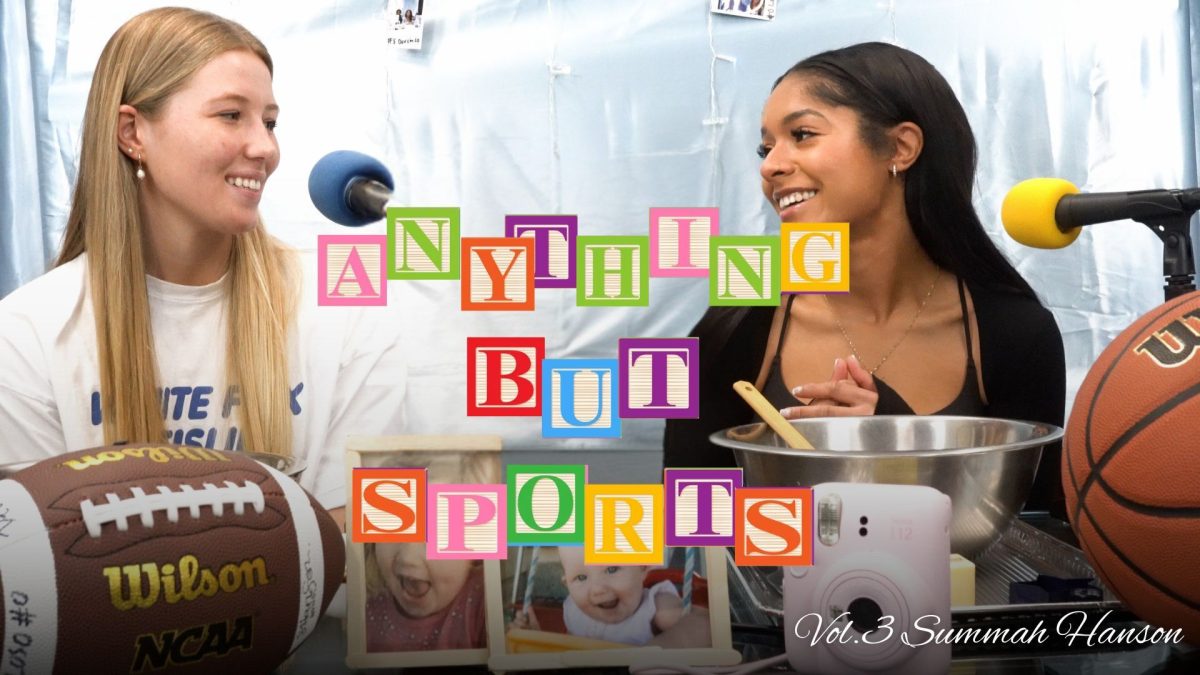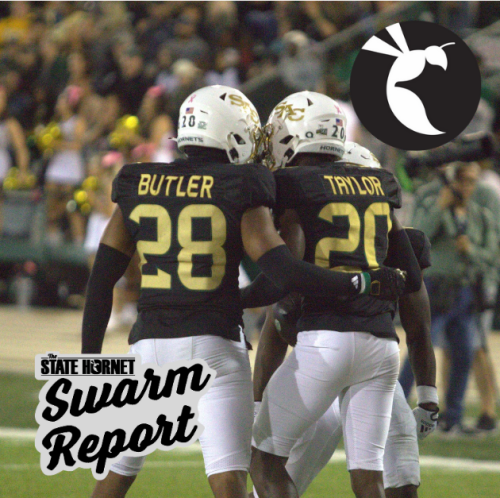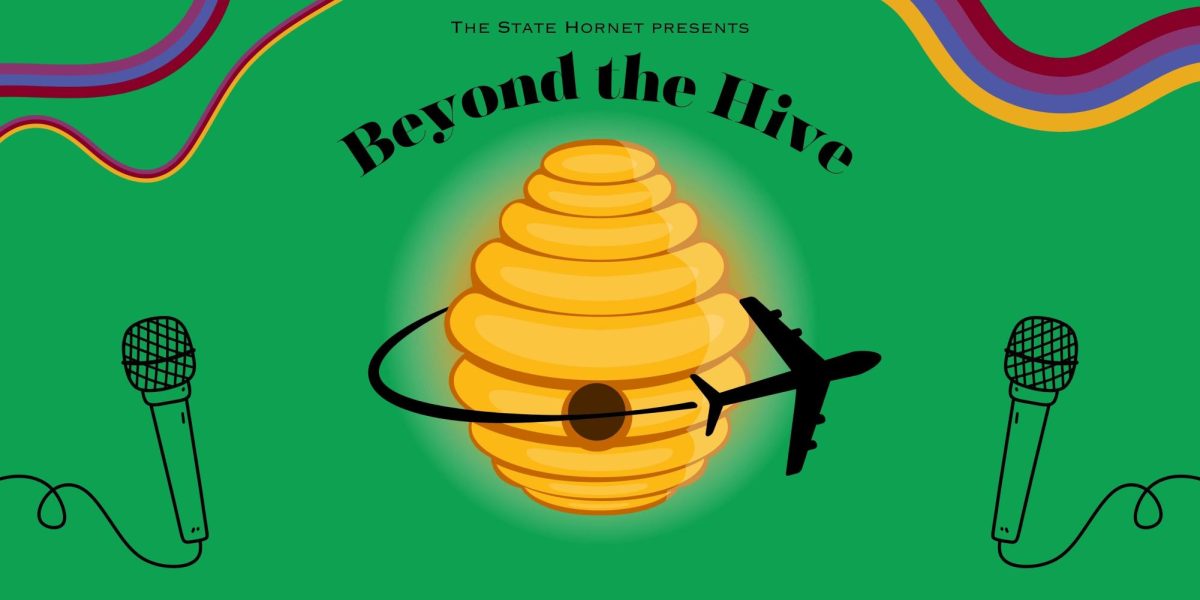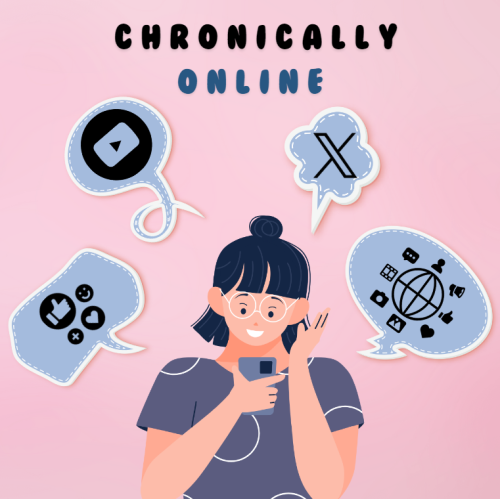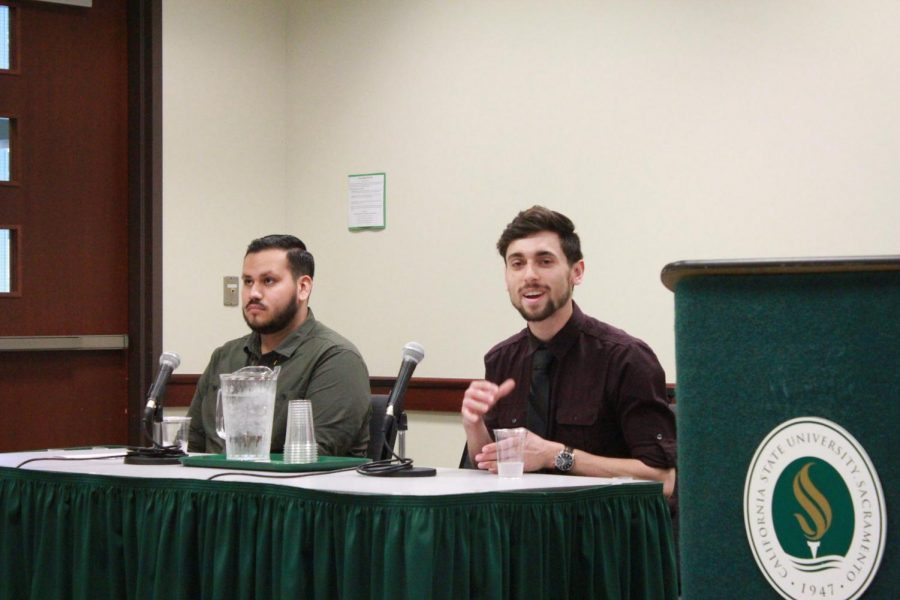ASI election approaches with small number of candidates, no ballot measures
Thomas Frey - The State Hornet
Tony Humphreys, right, and Jose Arias-Ruiz speak at an Associated Students, Inc. election candidates forum on Monday, April 2 in the University Union. Humphreys and Arias-Ruiz are running against each other to be vice president of academic affairs.
April 2, 2018
Students voting in the Associated Students, Inc. elections this year at Sacramento State will get to the polls and notice a dearth of candidates — including just one person, Noel Mora, running for president.
While voting occurs April 11-12, students will see just one person running in five different leadership positions. Another five don’t have any candidates to fill the positions. Of the 13 total positions that will be voted on, a total of three have two or more people running.
“One of the concerns we’ve had about the number of candidates running this year (is because) we abolished slates,” said ASI Elections Officer Eli Bassett. “Coming with that territory, we kind of expected it to be a little bit fewer candidates running for office, at least in this first year.”
RELATED: EDITORIAL: Abysmal ASI voter turnout won’t hold representatives accountable
Bassett said that the previous dynamic consisted of a few people on the ASI Board of Directors who would start a slate and then go out and recruit other candidates to fill their positions so as to build a bigger slate.
The reason for removing slates this year, according to Bassett, was to make the process more inclusive so that a student would not need to already be involved with ASI to run.
ASI Board Associate Lisa Dalton said she thinks it’s important to make students aware that the reason the elections code changed was for students to not have to feel like they needed to be at Sac State for a certain amount of time, or know a particular group to become involved in ASI.
“We do want any student at-large, as long as they meet the eligibility requirements to know that they can run for office,” Dalton said. “I believe that the elections code does make that more fair for everyone.”
With only 13 total candidates in this election, Dalton acknowledged that voter turnout might be affected.
“Historically speaking, the more candidates that are in any given election, of course you’re going to have a lot of enthusiasm and that does tend to increase the voter turnout,” Dalton said. “I would hope that because we do have more individual candidates running, they’re actually outreaching to a wider-variety, casting a further net of all the student body, and so I’m very optimistic that we’ll have a good turnout.”
RELATED: ASI election workshops draw crickets, not Hornets
If students don’t want to vote for a candidate who is running unopposed, they can cast a vote of no confidence, essentially voting for nobody for that particular position.
“There are votes of no confidence that’ll be on the ballot and for every candidate that will be an option,” Bassett said. “Either vote for them or put a vote of no confidence, which just leaves the position vacant.”
There are no ballot measures in the election this year. Bassett explained that those tend to be student-initiated. He said that if there is an issue students feel is important and needs to be addressed, they are the ones who start the initiative process.
Outreach for the election consisted of sandwich board sign style “A-frames” advertising throughout campus, a total of seven informational sessions and a campus-wide email to encourage students to participate, according to Bassett.
“Hopefully it’s starting to pay off,” Bassett said. “We’re happy with the candidates that have applied; so far it’s been a good beginning of our campaign season.”
ASI Director of Business Administration Jet Haresco said to get more students involved in the future, it is important to show students that ASI actually makes “big impacts.”
“People can be like, ‘I can do x, y and z, there’s changes that we can make, I want to start doing that.’ I think that some people think they don’t have the opportunity to make those changes but we’re showing them that they can,” Haresco said.
Haresco gave an example of how students can make an impact by explaining that ASI is attempting to switch over from using blue books to just strictly green books to benefit the environment.
Students who have a passion for sustainability can join the ASI Green Team to make changes such as this, according to Haresco.
“We offer students the opportunity to grow professionally through being on the board of directors,” Haresco said. “To put it simply, you get to make big decisions and try to make big impacts. ASI also offers committees; that’s where students can really make an impact.”



